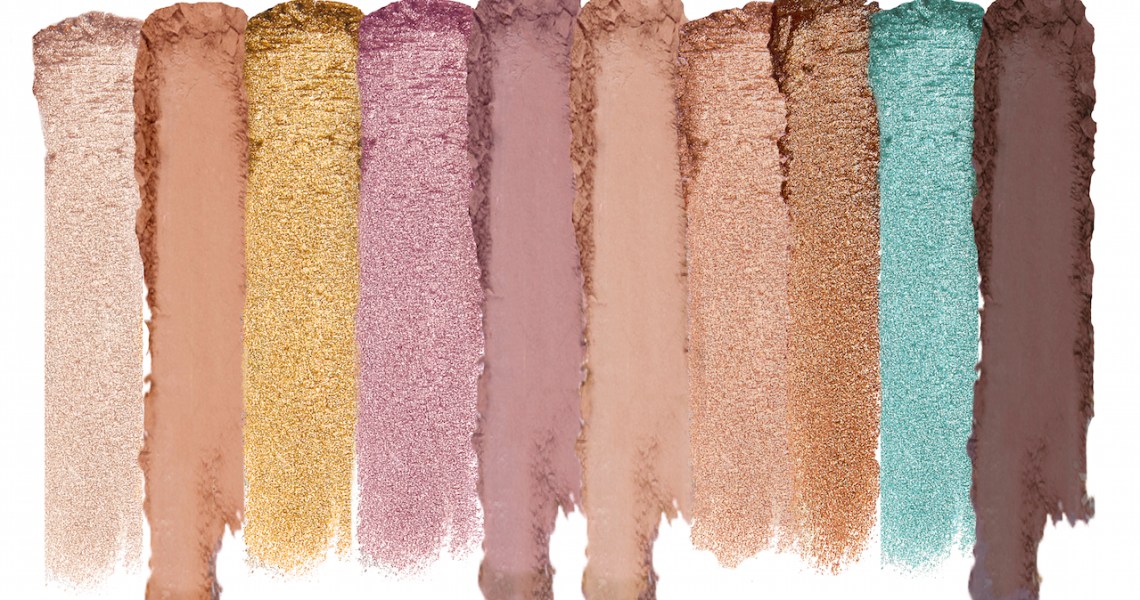Wander Beauty, like many other beauty brands, often seeks out customer feedback for its product development process. But with its latest eyeshadow palette launch, the brand took a more in-depth approach by co-creating it directly with consumers.
The brand’s new Wanderess Escape palette is the first eyeshadow palette that will remain in the company’s assortment; previous products were special editions. After prolonged requests from customers, Wander Beauty opted to make a permanent version by soliciting customers for help. It began the process at the end of April 2019 with an NYC pop-up where customers were asked to bring photos and other pieces of inspiration to create a large-scale mood board through June. The brand also created a dedicated email and landing page to receive additional suggestions between April and July, before ultimately narrowing down the shades to 10. The company drove to the page in social posts. Wander Beauty sells through Sephora, Nordstrom and Birchbox, and approximately 50% of its sales are DTC. It grew its net revenue by over 100% between 2018 and 2019, said Divya Gugnani, Wander Beauty co-founder and CEO.
“Social media has changed the game for brands because you have direct communication with your customer any time you want,” said Lindsay Ellingson, Wander Beauty co-founder and creative director. “Why not use the data we have and our conversations with them in our product development? Instead of hiring an influencer or celebrity [for product collaborations], we believe in co-creating with customers.”
The company’s core DTC customers are between 25 and 54 years old, and concentrated in New York, California, Texas and Florida. On average, the brand receives between 300 and 500 direct messages, emails or phone calls a day from shoppers. For the Wanderess palette, the brand received thousands of submissions, said Ellingson, but was uncertain of a final figure. The customer service team compiled submissions into an Excel spreadsheet, and the 10 shades determined were chosen based on a mix of intuition and customer feedback based on past limited-edition palettes. For example, the team knew customers wanted to see more matte shades in the next eyeshadow palette, so four of the 10 shades are matte, said Gugnani.
“Being a predominantly DTC brand, we have an even deeper understanding of exactly who our customer is and what products she is responding to, and we get to interact with her daily through the additional customer service channels,” Gugnani said. “For brands that are retailer-reliant, they only get a filtered snapshot of that additional information.”
After narrowing down the 10 shades between August and October 2019, the brand reached back out to its customers via social media to solicit names for the individual shades. The brand has historically surveyed people every week through Instagram polls regarding product names, shades, beauty pain points and more. The company also retains a select group of over 100 women who are frequent customers, makeup artists and influencers to receive products and provide more thorough feedback. This subset of shoppers received the shades between January and February to provide their thoughts on the quality and color of the eyeshadows.
By February, Wander Beauty began working on the marketing materials for Wanderess, which was linked back to the 10 women whose shade suggestions were chosen. Seven of those women came into the office to help film video content, and the other three filmed at home, said Ellingson. Between photos and videos, approximately 30 pieces of content have been created for the latest campaign.




